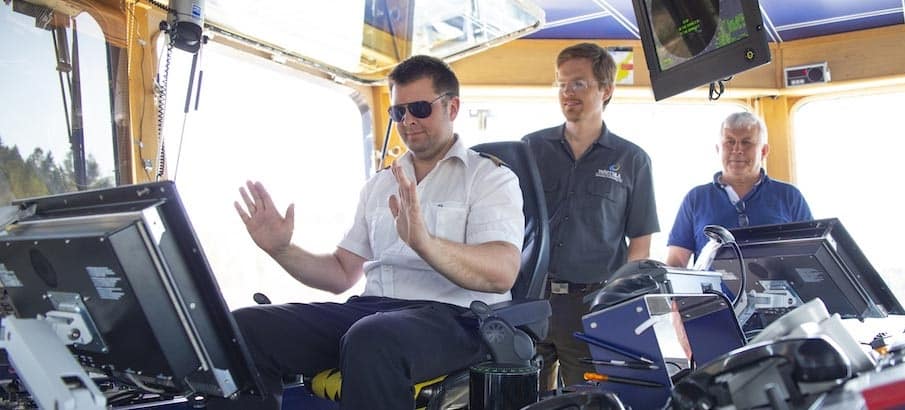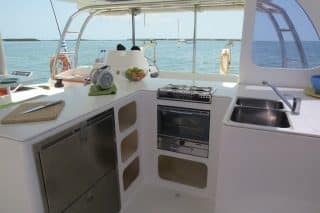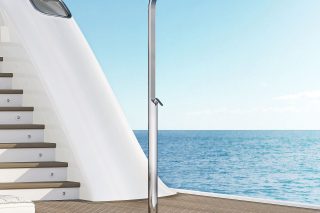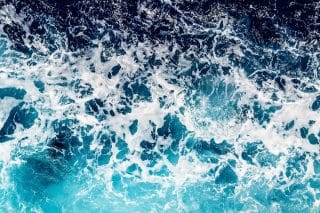Finland-based technology group Wärtsilä has successfully tested its autonomous auto-docking technology aboard the 83 m-long ferry Folgefonn owned by Norwegian operator Norled.
The vessel, which uses hybrid propulsion, has already served as a testbed for other advanced Wärtsilä systems, including energy optimization, plug-in hybrid and plug-in electrical operations, wireless inductive battery charging, and energy storage. Installation of auto-docking is a world first, with the project supported and backed with funding by state-owned Innovasjon Norge (Innovation Norway).
Speaking to NauticExpo e-magazine, Wärtsilä spokeswoman Marit Holmlund-Sund said: “Testing largely took place near Sunde on Norway’s west coast, not far from our facility in Stord. The first ten auto-dockings were at an unused ferry dock, then moved to Jektevik ferry dock—one of three docks Folgefonn normally calls at—to complete two more auto-dockings before we ran out of test time.”
“Control of the ferry was turned over to the autonomous system about 2 km from the dock. It took the ferry to 10 knots for a short distance, to simulate transit mode, then transitioned to slower speeds for the auto-docking process. At no time did the captain need to take manual control, although it is possible at any time. The system also allows the ship’s officers to focus on situational awareness, thereby improving safety and reliability.”
The technology has yet to be given an official name, nor has the cost been decided. “Issues that will affect cost include the level of redundancy required by regulatory bodies and/or customers,” Holmlund-Sund noted.
“The system won’t be restricted to ferries. Ultimately, it will be able to be used on any sized vessel.”
“The system won’t be restricted to ferries,” she continued. “Ultimately, it will be able to be used on any sized vessel. We are currently getting ready to run more tests on different applications. The critical issue is that the vessel must be sufficiently powered for the task—auto-docking requires enough thrusters so that we can intricately manoeuvre the vessel during the docking/undocking process. It also requires high-quality heading measurements.”
As to the challenges Wärtsilä faced, Holmlund-Sund highlighted the transition from high-speed transit to low-speed docking. “The system controller switches from two-axis control for transit to three-axis control for docking. Bearing in mind that the ultimate goal is to have the controller autonomously move the vessel from the current dock to the next dock, that means it must undock the ferry, maneuver it out of the harbour, speed it up to its transit speed, steer it over to the next docking area, slow it down, maneuver through the harbour, then complete the docking process—all without human intervention.”






